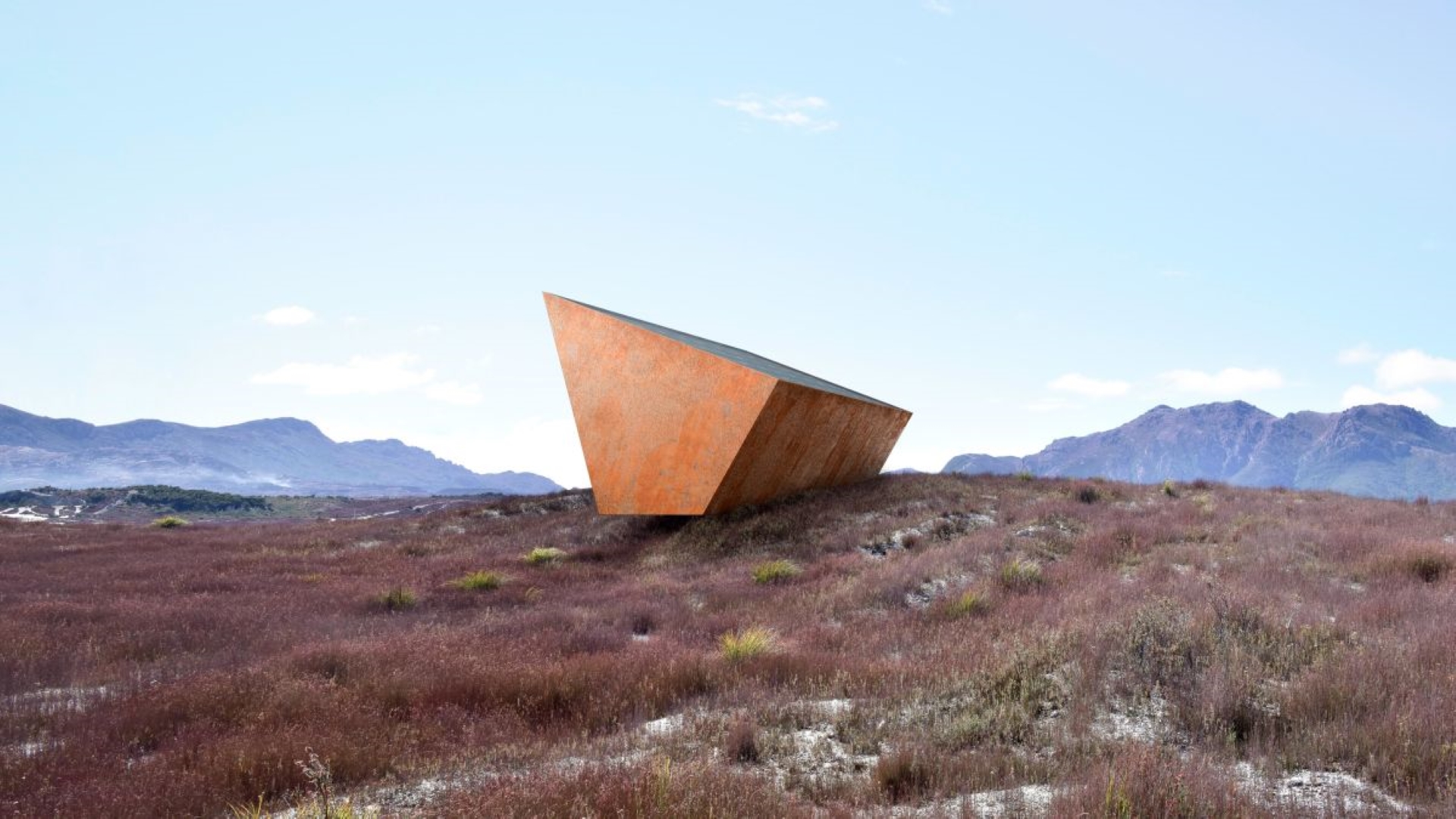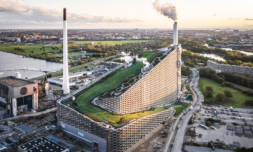The Black Box will be equipped with rooftop solar panels to provide internet connection for downloading scientific data from online sources, even if all other energy supplies on earth are destroyed.
An algorithm will sort through digital information related to climate change, then store it within its mass of internal hard drives.
The construction of the steel housing is set to begin in early 2022, but the Black Box’s hard drives began recording data around the time COP26 was wrapping up. That’s right – they’re listening right now, gathering climate information from the past and continuing into the next 30-50 years.
Amongst the data of interest are measurements of land and sea temperatures, ocean acidification levels, atmospheric CO2, species extinction data, and land use data throughout history.
It will also store trending social media posts, newspaper headlines, other news related to climate change, and perhaps more vitally, information about COP meetings.
Accountability is key, so we’ve got to let future beings know where world leaders dropped the ball, eh?
The project is completely non-commercial and led by Clemenger BBDO, Australasia’s largest and most successful marketing communications company. The University of Tasmania and an artistic collective called the Glue Society are also involved in its design and development.
Created with functionality in mind, the 7.5cm thick steel is ‘built to outlive humanity’, with batteries inside to offer additional backup stores of energy.
Once the Black Box is fully constructed, the growing archive of climate data will be available to the public on an online platform. You can watch the data it’s downloading on the project’s website here.
Its creators hope that whoever stumbles upon it in the future is ‘someone or something that is intelligent and civilized, with the capability of understanding and interpreting basic symbolism.’
It’s worth adding that they’ll need to be equipped with a tool to break into the steel structure itself, mind.
The Black Box shares similar motivations to the ‘Doomsday Vault’ we featured here at Thred a few years ago. The vault, a massive seed bank, was installed to help feed future beings and to restart agriculture after environmental or man-made catastrophes.
No doubt, it’s ominous to imagine a planet we no longer exist on and to plan for that unfortunate, yet real possibility. But you must admit, it’s comforting to know that our climate legacy (the good and the bad) will not be forgotten – and with a bit of luck, not repeated.





















